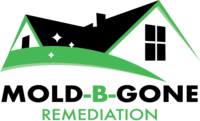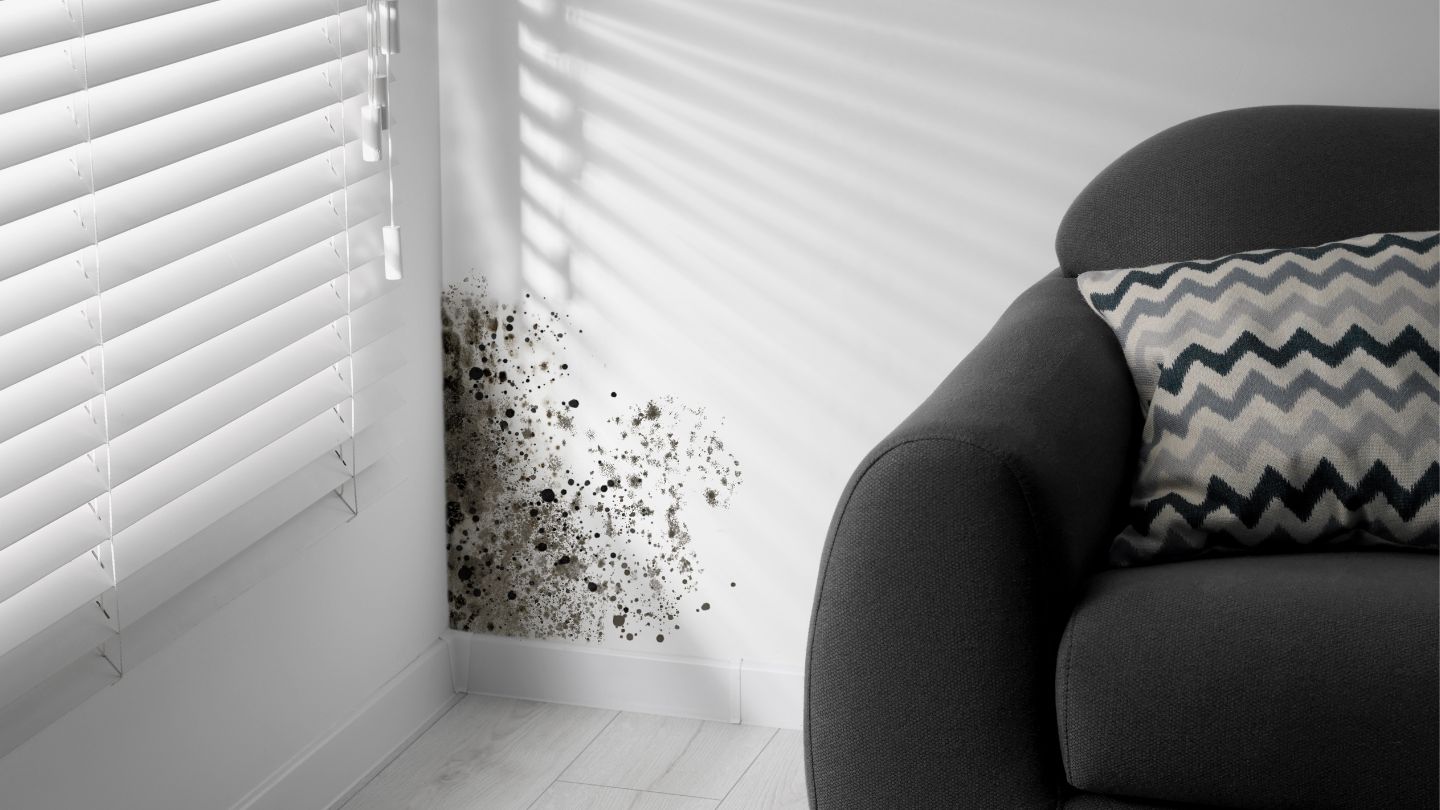Yes, black mold inside walls is dangerous. It can cause serious health issues, such as respiratory problems, allergies, and infections. Additionally, it weakens the structural integrity of your home, leading to costly repairs. In this blog, we’ll explore how to recognize black mold inside walls, the health risks associated with it, and the importance of professional removal.
Key Takeaways
- Black mold inside walls can pose significant health risks, especially for vulnerable populations such as children and individuals with compromised immune systems.
- Professional mold remediation is crucial for effective removal, as DIY methods often fail to address underlying issues, risking further contamination.
- Controlling humidity and ensuring proper ventilation are essential preventive measures to avoid mold growth in susceptible areas of the home.
Recognizing Mold Inside Walls
Black mold growth within walls can often go unnoticed, making it a hidden yet serious issue. A persistent musty smell, despite regular cleaning and proper ventilation, may indicate the presence of mold lurking behind drywall.
Other indicators of black mold include visible stains, dampness, or watermarks on walls, which often result from previous leaks or water damage. Such conditions provide an ideal breeding ground for mold within wall cavities.
If you suspect mold inside walls, a professional inspection is essential. Experts use advanced techniques such as moisture meters, infrared imaging, and air quality testing to pinpoint hidden mold and its sources. This ensures not only accurate detection but also an informed approach to remediation, minimizing health risks and preventing further structural damage. Failing to act promptly can result in significant repair costs and long-term health implications.
Health Risks Associated with Black Mold Inside Walls
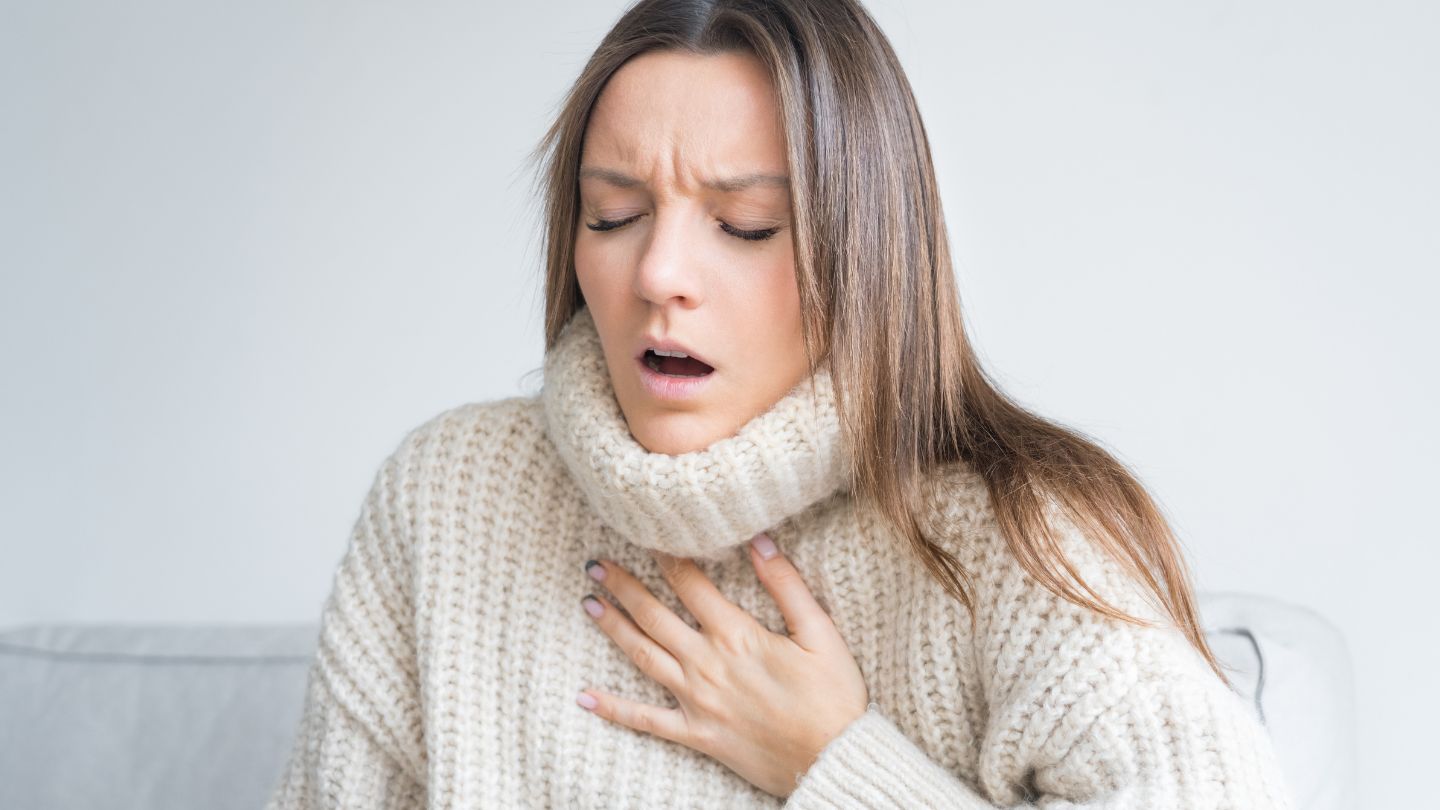
Black mold inside walls poses a range of health risks, particularly for individuals with pre-existing respiratory conditions or weakened immune systems. Exposure to mold spores can lead to symptoms such as nasal congestion, eye irritation, skin rashes, and worsening asthma.
Toxic molds, such as Stachybotrys chartarum (commonly referred to as black mold), can cause more severe reactions in vulnerable groups, including children, the elderly, and individuals with compromised immunity. These reactions may include chronic fatigue, difficulty breathing, or persistent infections that require medical intervention.
Professional remediation is crucial to effectively mitigating these health risks. Remediation experts ensure the thorough removal of mold and spores while addressing moisture sources that contribute to mold growth, creating a healthier indoor environment.
How Mold Inside Walls Affects Your Home
Beyond health concerns, mold inside walls can significantly compromise your home’s structural integrity. Black mold thrives in dark, moist environments within wall cavities, where it can deteriorate materials like drywall, wood, and insulation. Left unaddressed, this can lead to weakening of support structures, necessitating expensive repairs.
Aesthetic issues such as discoloration and staining on walls are additional concerns. These not only diminish the visual appeal of your home but may also reduce its market value.
Professional mold remediation services address these problems comprehensively by removing contaminated materials, thoroughly cleaning affected areas, and implementing preventive measures to ensure long-term protection.
The Importance of Professional Mold Removal
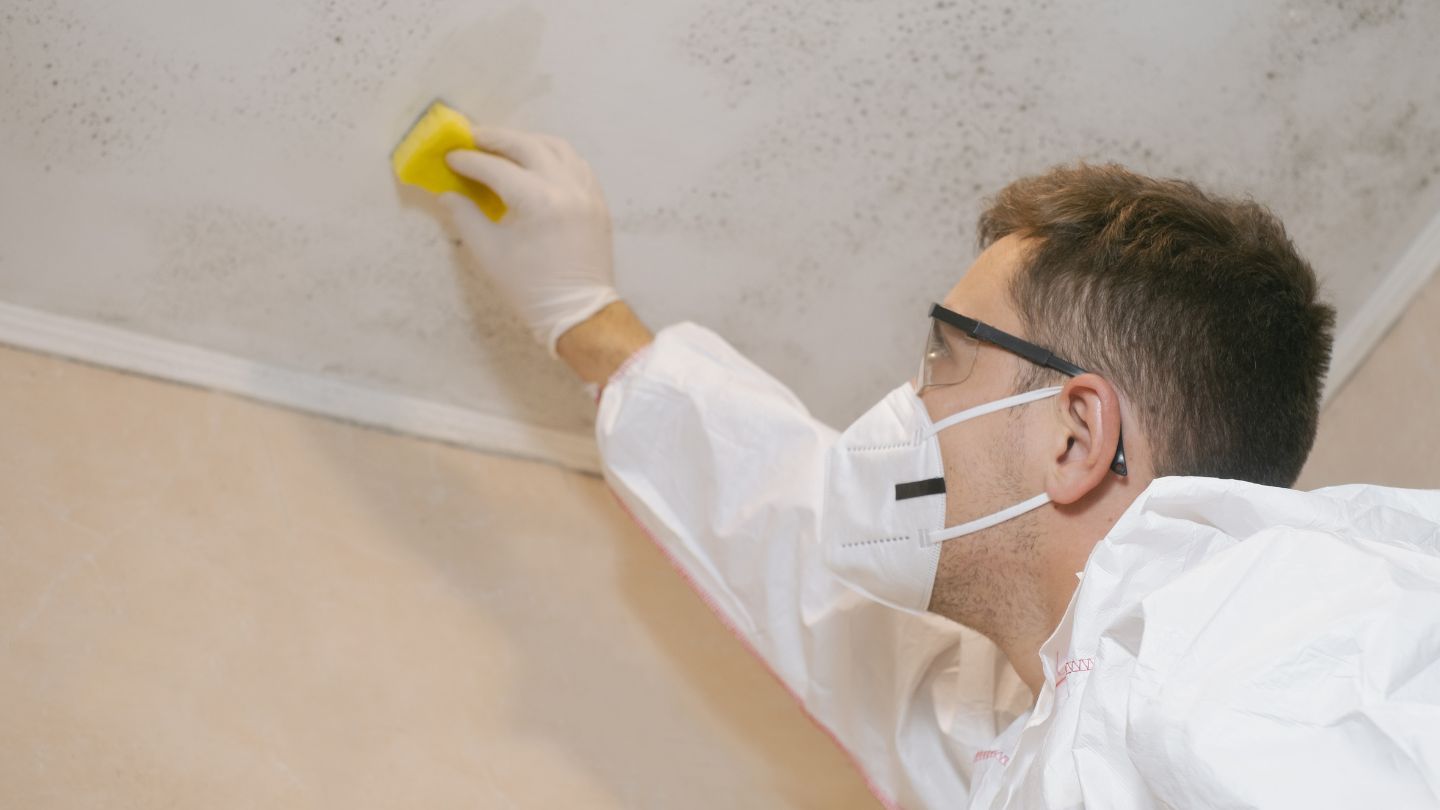
Engaging professional mold removal services is critical for ensuring a safe and effective resolution to mold issues inside walls. Unlike do-it-yourself methods, professional remediation tackles the root causes of mold growth, such as hidden moisture and inadequate ventilation.
Experts utilize advanced tools and techniques to contain the spread of spores during the removal process. For instance, negative air pressure systems and HEPA filtration prevent spores from infiltrating other areas of the home. After removing mold-contaminated materials, professionals disinfect and treat surfaces to prevent regrowth.
Professional remediation doesn’t stop at removal—it also involves identifying and resolving underlying issues like leaks or high humidity. This comprehensive approach ensures that mold does not return, safeguarding your property and health.
Comprehensive Inspection
A comprehensive inspection is the first step in successful mold remediation. Experts meticulously locate both the origin and scope of the mold infestation, delving behind drywall and into concealed spaces to guarantee that all traces of black mold are discovered.
Once any affected drywall and insulation have been taken out, critical components such as studs, sill plates, headers, and even the reverse side of the siding undergo thorough examination for any residual mold presence. Conducting a detailed check on these surfaces following removals ensures that every impacted zone has been attended to—this not only curtails proliferation but also secures a healthier habitat for occupancy.
Safe and Effective Mold Cleanup
In mold cleanup, experts employ containment techniques to hinder the distribution of spores throughout the space. They utilize plastic barriers and air scrubbers equipped with negative pressure systems to confine mold within a specific area, preventing it from infiltrating other sections of the home.
After extracting materials contaminated by black mold, comprehensive cleaning and disinfection are carried out to eradicate any residual spores. Utilizing HEPA-filtered vacuums is critical in safely removing mold inside walls and reducing potential exposure risks. Provided that structural components such as studs and headers remain relatively intact, they can undergo cleansing procedures followed by encapsulation to restrict any leftover traces of mold. Removing black mold is not only crucial for cleanliness but also imperative for preserving an environment conducive to good health within the house.
Preventing Future Mold Growth
Addressing the root causes of black mold growth is essential for preventing its return. Professional remediation ensures that underlying issues, such as moisture problems and inadequate ventilation, are thoroughly resolved. By focusing on these factors, professionals create an environment that is less conducive to black mold development.
A dry environment with proper air circulation is key to preventing mold from reappearing. Professionals implement solutions such as improving ventilation, repairing leaks, and addressing humidity issues. They may also apply mold-resistant treatments to vulnerable areas, providing long-term protection against future infestations.
Taking these proactive measures helps maintain a healthier indoor environment and reduces the likelihood of recurring mold problems, ensuring your home stays safe and secure.
Preventive Measures to Avoid Mold Inside Walls
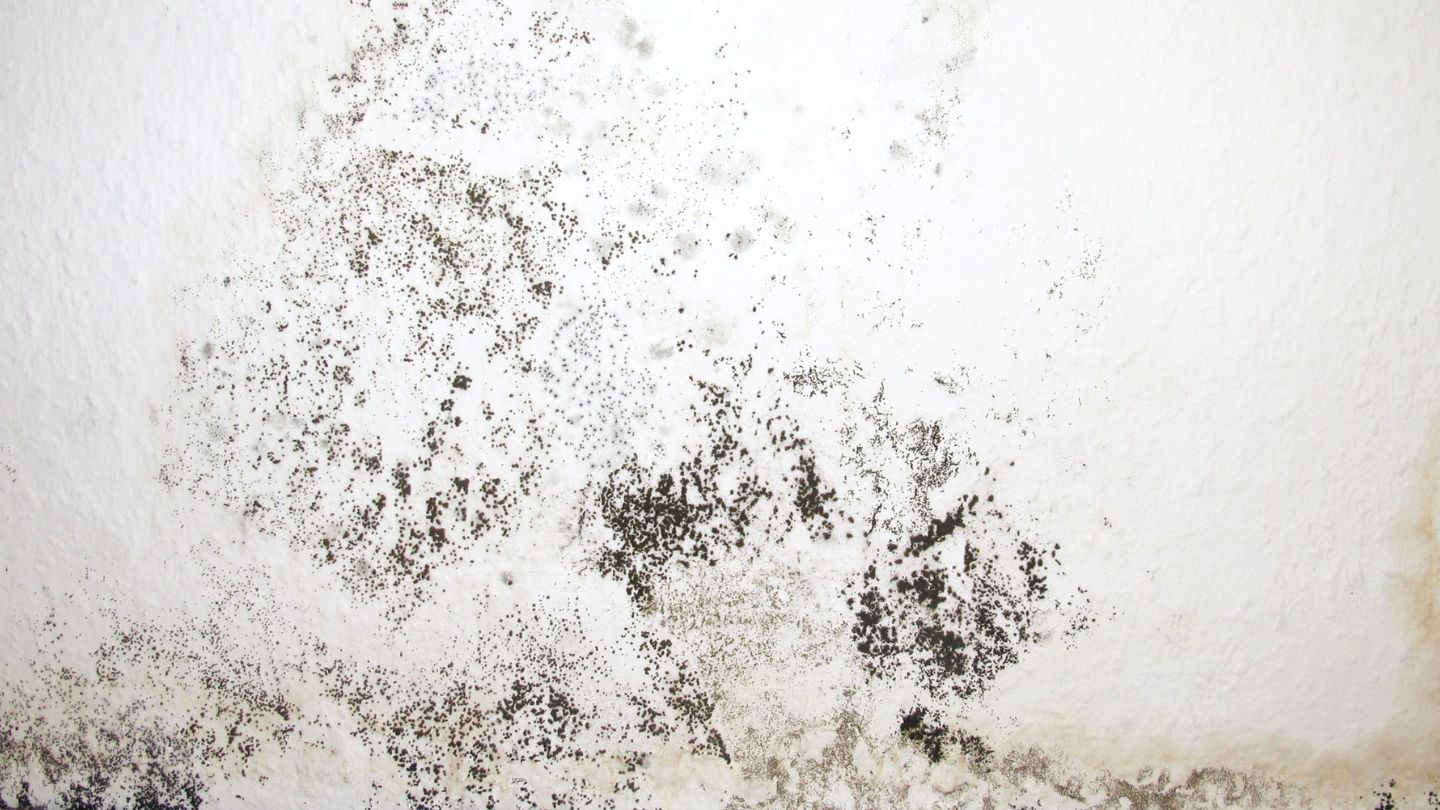
Preventing mold growth requires proactive management of indoor conditions. Maintaining indoor humidity levels below 60% is critical. Use dehumidifiers in high-moisture areas, and ensure exhaust fans are functional in bathrooms, kitchens, and laundry rooms.
Regular inspections for leaks in roofs, walls, and plumbing can prevent mold from taking hold. Any signs of water damage should be addressed promptly, as mold can begin growing within 24 to 48 hours of moisture exposure.
Professionals can assist by conducting routine inspections and offering recommendations to improve ventilation and prevent moisture buildup. They may also apply mold-resistant treatments to vulnerable areas, further reducing the risk of mold growth.
Common Areas Prone to Mold Growth
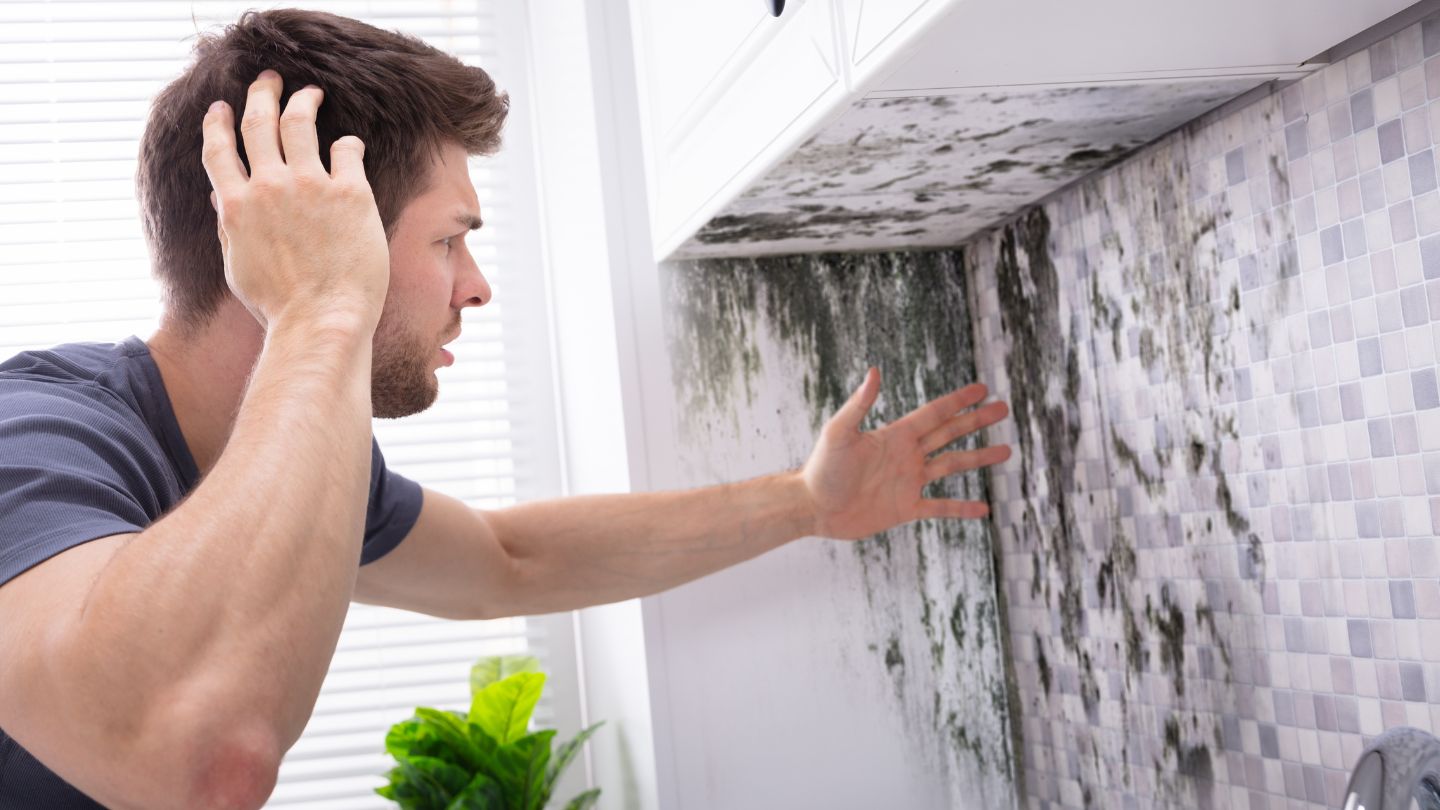
Certain areas in homes are particularly prone to black mold growth due to high humidity and poor ventilation. These include:
- Bathrooms
- Kitchens
- Laundry rooms
- Basements
- Crawl spaces
In these areas, water exposure from spills, leaks, or condensation can create ideal conditions for mold. Wall cavities, often overlooked, can harbor hidden mold due to undetected leaks or insufficient drying after water damage.
To prevent mold in these areas, professionals recommend regular cleaning, ensuring proper drainage, and installing ventilation systems where needed. A professional inspection can identify potential problem areas before they become major issues, saving you time and money in the long run.
Conclusion
Mold inside walls is a serious issue that demands immediate attention to safeguard both your health and the structural integrity of your home. Timely identification of hidden mold, understanding its associated health risks, and ensuring professional removal are essential steps to address the problem effectively.
At Mold-B-Gone, our mold remediation experts serving Atlanta specialize in comprehensive mold remediation solutions. From conducting detailed inspections to implementing safe cleanup processes and preventive measures, we are dedicated to keeping your home mold-free. With years of experience assisting Atlanta homeowners and businesses, we deliver reliable and long-lasting results. Don’t let mold compromise your home—act now and contact us for expert assistance!
Frequently Asked Questions
How do professionals detect mold inside walls without visible signs?
Professionals use tools like moisture meters, infrared cameras, and air quality tests to identify hidden mold and pinpoint the source of moisture.
Why is it risky to delay addressing mold inside walls?
Delays allow mold to spread further, causing more structural damage and increasing health risks due to prolonged exposure to mold spores.
Can black mold grow back after professional remediation?
Black mold can return if the underlying moisture issue isn’t resolved. Professional remediation includes addressing these problems to prevent recurrence.
